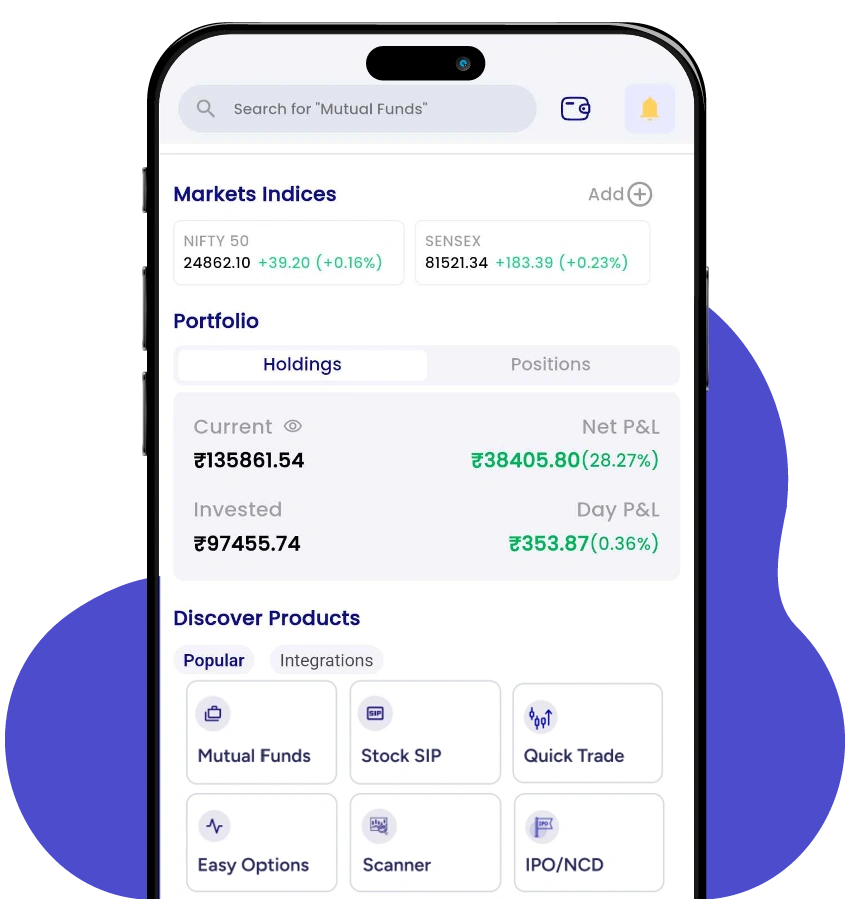Wholesale Inflation Dips to –0.58% YoY in July — Here’s What Experts Say
- 14th August 2025
- 02:50 PM
- 3 min read
Mumbai | August 14 – India’s wholesale inflation, measured by the Wholesale Price Index (WPI), fell deeper into deflation in July, registering –0.58% year-on-year (YoY), according to data released by the Ministry of Commerce and Industry. This decline marks a steeper drop from –0.13% in June and is lower than market expectations of –0.30%, underscoring continued easing in producer-level price pressures.
The all-commodities index, however, rose 0.39% month-on-month (m/m) to 154.4, reflecting some sequential firmness despite the negative annual trend. Analysts note that base effects from last year’s high perishables prices are amplifying the deflationary reading.
WPI Falls Further in July
The all-commodities index rose 0.39% month-on-month (m/m) to 154.4, signaling some sequential firmness despite the negative annual trend. Base effects from last year’s high perishables prices are amplifying the deflationary reading.
Primary Articles, carrying 22.62% weight in WPI, contracted –4.95% YoY, led by declines in pulses, cereals, vegetables, edible oils, and fuels such as petrol, diesel, and natural gas. Manufactured Products, which account for 64.23% of the index, rose 2.05% YoY but slipped –0.14% m/m. Manufactured food products increased 6.74% YoY, and vegetable & animal oils/fats surged 22.04% YoY, while basic metals fell –2.34% YoY, highlighting a two-speed factory-gate scenario.
Food and Fuel Drive Deflation
Food inflation contributed significantly to July’s WPI contraction, falling 2.15% YoY. Fuel prices also declined 2.43% YoY, providing relief to transportation and logistics costs. Economists expect easing wholesale prices to gradually translate into lower retail inflation as lower bulk costs feed through to consumers.
CPI Mirrors Wholesale Trend
Consumer Price Index (CPI) inflation also moderated, falling to 1.55% YoY in July — the lowest since June 2017. Retail inflation declined 55 basis points from June’s 2.10%, driven by falling prices for pulses, cereals, vegetables, sugar, and eggs, alongside lower costs in transport, communication, education, and housing. The RBI projects CPI inflation at 3.1% for FY26, supported by steady monsoons and robust kharif sowing.
Also read: India’s CPI Cools to 1.55% — Lowest Since 2017: Expert View by Arsh Mogre, PL Capital
Expert Outlook
Arsh Mogre, economist at PL Capital, explains, “The gap between WPI and CPI shows that wholesale deflation is carrying much of the disinflationary pressure, while consumer prices remain more resilient. Sequential firming in primary articles and fuels indicates that deflation is largely base-driven and may be approaching its trough as last year’s high perishables prices roll off. Investors and businesses should closely monitor energy and agricultural prices, which will influence medium-term inflation trends.”
Mogre adds that the July WPI signals a food-led deflation at the farm gate, pockets of input-cost pressure (notably edible oils), and modest fuel normalization. “While base effects dominate near-term readings, the trajectory of agricultural and energy prices will determine the pace of inflation recovery in the coming months,” he says.
Looking Ahead
Near-term wholesale deflation is likely to persist due to strong base effects, while medium-term inflation risks hinge on agricultural output, metals pricing, and energy pass-through. As India navigates this low-inflation environment, producer-level trends will continue to act as a leading indicator for consumer prices, helping businesses, investors, and policymakers gauge potential pricing shifts.





